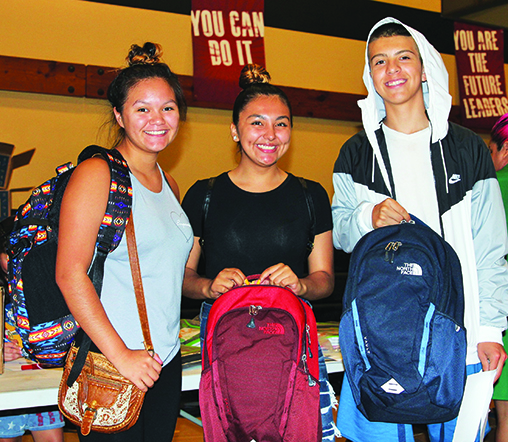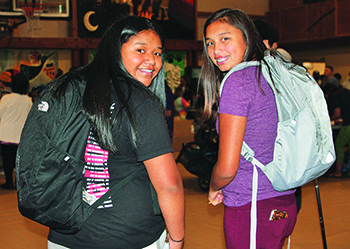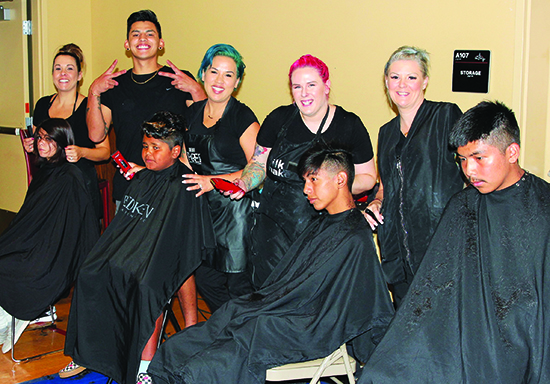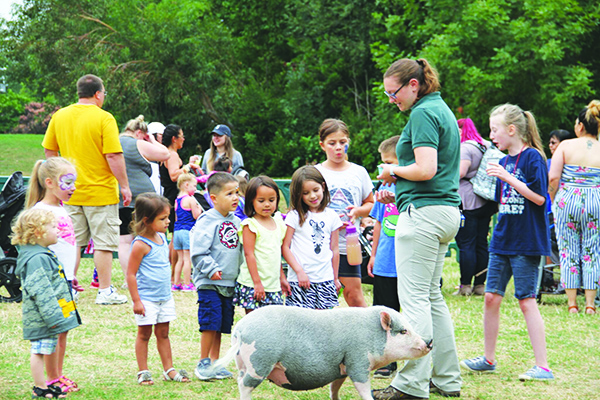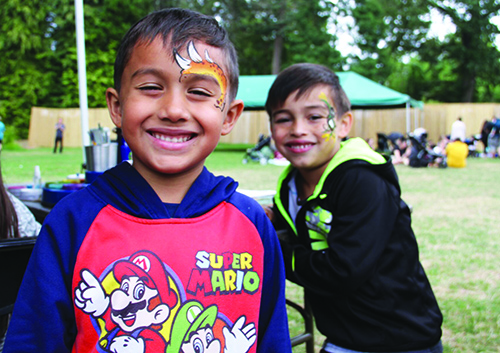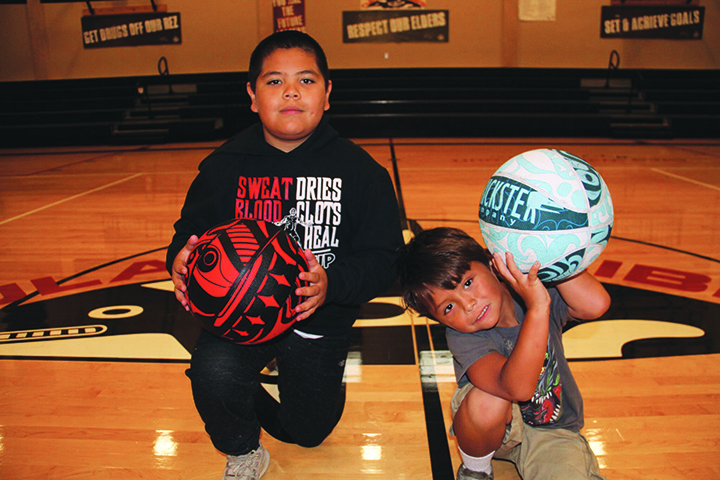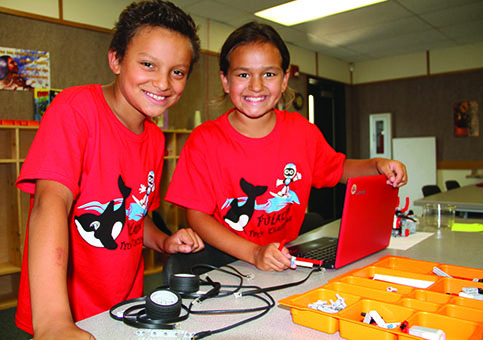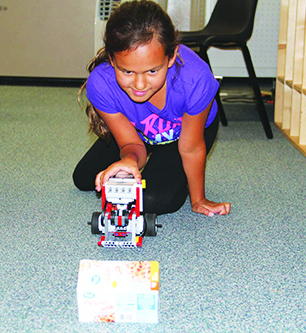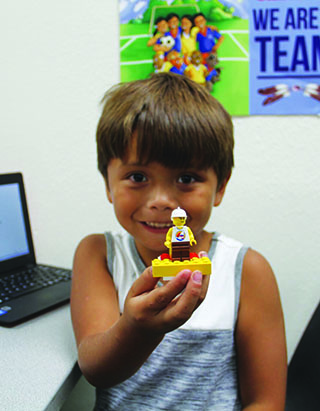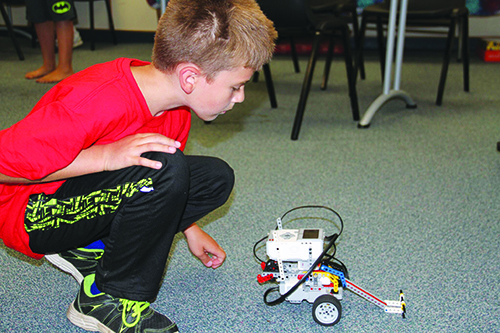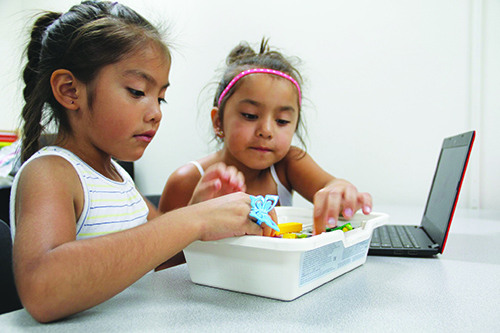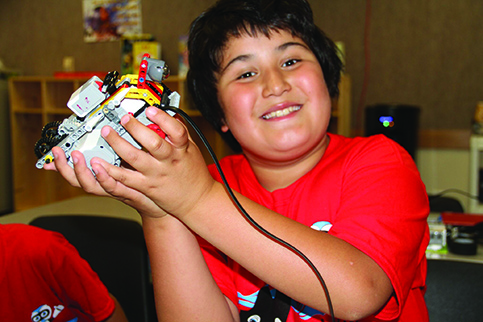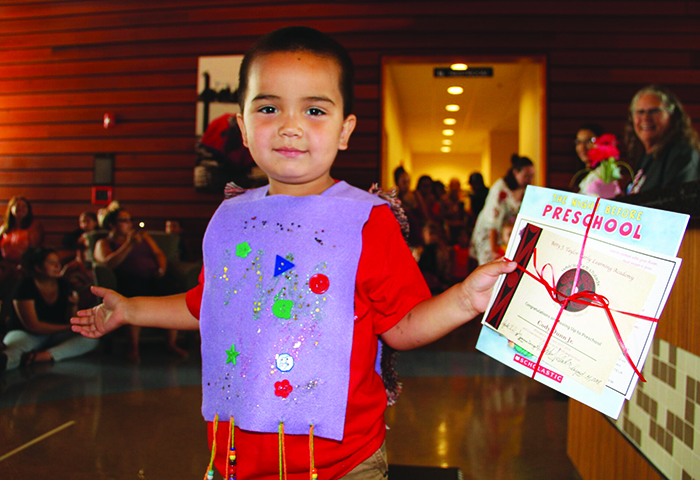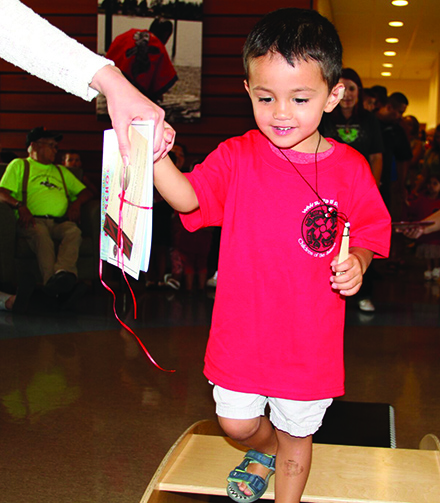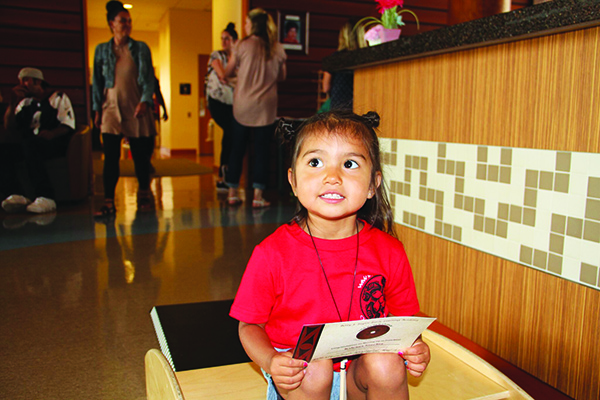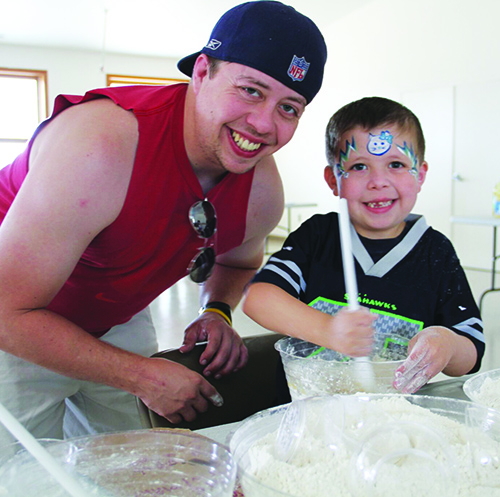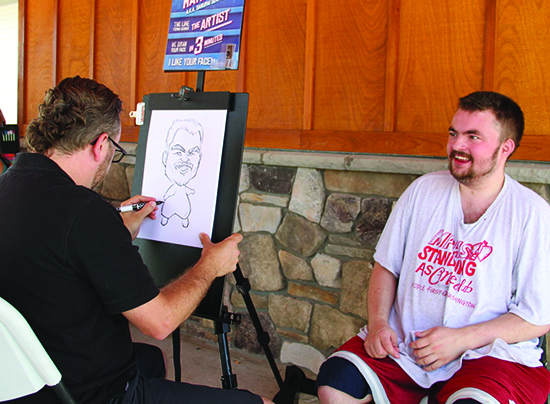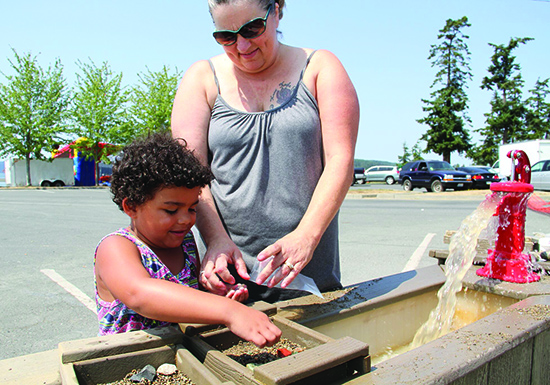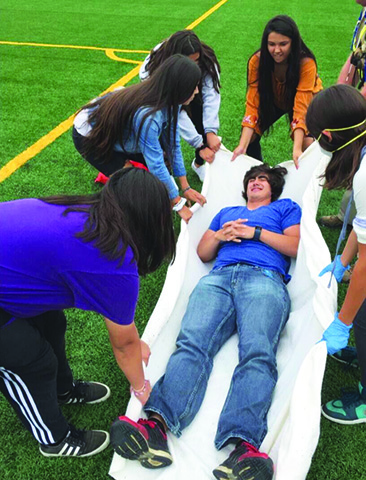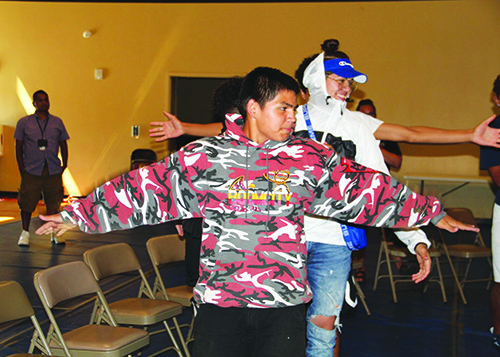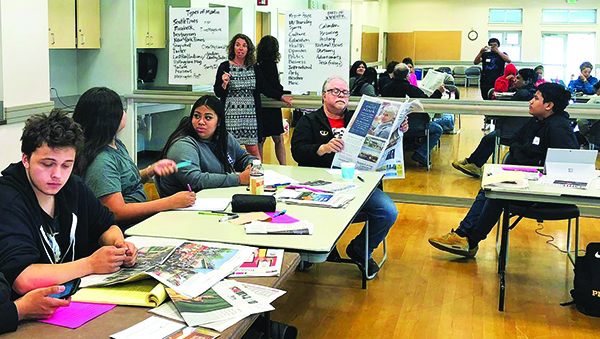
By Micheal Rios
Media, be it print-based, television or on a social media platform, continues to shape the world by dictating public opinion. From words one reads or hears to the images one may be exposed to, the media landscape is never-ending in its pursuit of an audience. Which is why it’s so important to have proper representation in media.
Aside from portraying our world through a realistic lens, credible and accurate representation in media also allows those belonging in minority and marginalized groups, such as Native Americans, to feel validated for who they are. By being depicted in a positive light and empowered to tell their own stories, Natives can distance themselves from stereotypes and other prejudices, allowing them to gain confidence in themselves, their culture, and the future.
Putting these concepts to practice, the Urban Native Education Alliance (UNEA), a non-profit organization based in Seattle, and the Clear Sky Native Youth Council collaborated to create an all-new workshop series dedicated to increasing knowledge and improving critical thinking for high schoolers intent on a career in journalism. Dubbed the Aspiring Journalist Series, the five session process took place over the first three weekends in August.
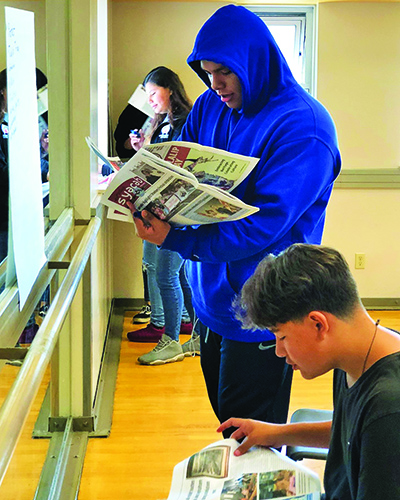
“We see the value in providing the opportunity for youth to explore the vast field of journalism and learn the many facets and mediums available to utilize as platforms for having visibility, voice and influence,” explained UNEA elected Chairwoman, Sarah Sense-Wilson (Oglala Sioux).
“Aspiring Journalist Series inspiration was driven by several converging forces, starting with the current trend in the underrepresentation of Natives in the profession of journalism. Also, we wanted to address the importance of leveraging Native voice in mainstream outlets such as high school papers, radio, blogs, social media, and local papers,” continued Sarah. “We want to raise student consciousness on dominate societies narratives and impact on attitudes, beliefs, and biases towards Native Americans.”
Student consciousness was indeed raised during the series, as nine Native high schoolers were introduced to the journalism field and the tribal role in mass media by a collection of individuals dedicated to telling the stories most important to them and their communities. Series participants toured the University of Washington’s Communications Building, visited The Daily newspaper, and got first-hand knowledge from those who do the job every day. Quality Native and non-Native professionals in the field of journalism served as guest instructors who educated, inspired, and motivated the eager to learn youth.
“I learned that you may not go into your first profession you thought you would be passionate about. You can find something else that you’d enjoy more along the way.” – Miguel Echo-Hawk Lopez (Pawnee, Athabaskan)
“I thought the part when the instructors explained that people randomly come up to them to share something was interesting because that means people are comfortable sharing things with them.” – Autumn Yellowbear (Kiowa, Northern Arapahoe, Eastern Shoshone)
“Speakers such as Matt Remle, Gyasi Ross, Micheal Rios, and Brian “Red Bone” Frisina, all offered valuable lessons for developing critical thinking as a necessity to empower and challenge youth to upend the mainstream narrative and to raise their visibility using writing, reading and voice for meaningful causes,” added Sarah. “Each presenter shared interesting perspectives, insights and challenges to our youth, which made the trainings engaging, interactive and fun.”
Over the five sessions, students improved their critical thinking, writing, and reading comprehension, while learning to discern fact from opinion. All those skills are vitally important for youth to achieve academic excellence in their pursuit of a steadfast career. Students also learned about newspaper layout, interviewing techniques, research methods, and the roles and responsibilities of publishers, reporters and photojournalists.
The enthusiasm for journalism and an interest for exploring the Native voice in media was a common theme from each student, especially when the Native journalism professionals took front and center. These professionals provided a Native perspective and critical cultural framework for developing tools and techniques to the vast and diverse field of journalism. Many questions were asked by the students and much truth was shared by the instructors.
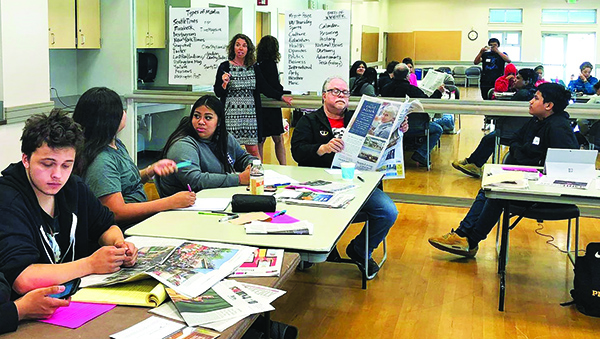
“I’ve learned the positive and negative of people who consider themselves right or wrong, and that it takes action from writers/activists to get accurate information to Native American tribes.” – Nevelen Yellowbear (Northern Arapahoe, Kiowa)
“I learned that Tulalip had its own news coverage. I also found that Tulalip News live streams events for people, such as elders, who can’t make it to events can still watch from home, for free.” – Joanne Sayers (Ojibwa, Nez Perce)
“I learned way more about journalism than what I thought I knew, like the daily roles of being a journalist and how to gain access to specific people and places,” shared workshop participant Josiah Vaomu (Northern Arapaho). “Also, learning about how you would want audiences and readers to feel, so that’s pretty cool. I found it interesting how being a journalist means you can cover multiple and diverse topics, like sports and music.”
“What stood out most to me was that in journalism you try and reflect a specific message or an emotion in the work, whether that’s in writing or even the pictures you take,” said Logan Lebeau (Cheyenne River Sioux). “I also learned to look at both sides of a story and incorporate all viewpoints into my evaluation.”
“What I learned was that Tulalip was its own newspaper. Also learned about what you have to do to be a successful journalist.” – Timothy Shay (Yakama)
“I learned that journalism is more than just reporting, it’s about informing people about what’s happening in the community.” – Noni Echo-Hawk Lopez (Pawnee, Athabaskan)
“Today, I learned that all family members get updated on events or news from the Tulalip News website and social media platforms. Also, the articles they produce cover both positive and negative topics.” – Taleah Vaomu (Kiowa Apache, Northern Arapaho)
Investing in high school students takes time, commitment, and dedication. The Aspiring Journalist Series encouraged Native high school students to work together to tell the stories that are most important to them and their communities. By using current Native media professionals to interact with and inspire the high schoolers, this workshop series not only broadened horizons, it demonstrated that given the opportunity Native young people can and will perform successfully in the media landscape.
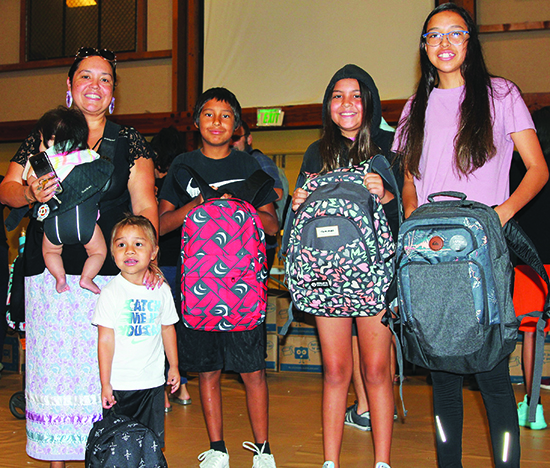 Held on August 22nd, the Don Hatch Youth Center looked like Christmas morning with hundreds of children and their families scurrying excitedly through the bash in order to get first dibs on a variety of fresh, new school supplies.
Held on August 22nd, the Don Hatch Youth Center looked like Christmas morning with hundreds of children and their families scurrying excitedly through the bash in order to get first dibs on a variety of fresh, new school supplies. 